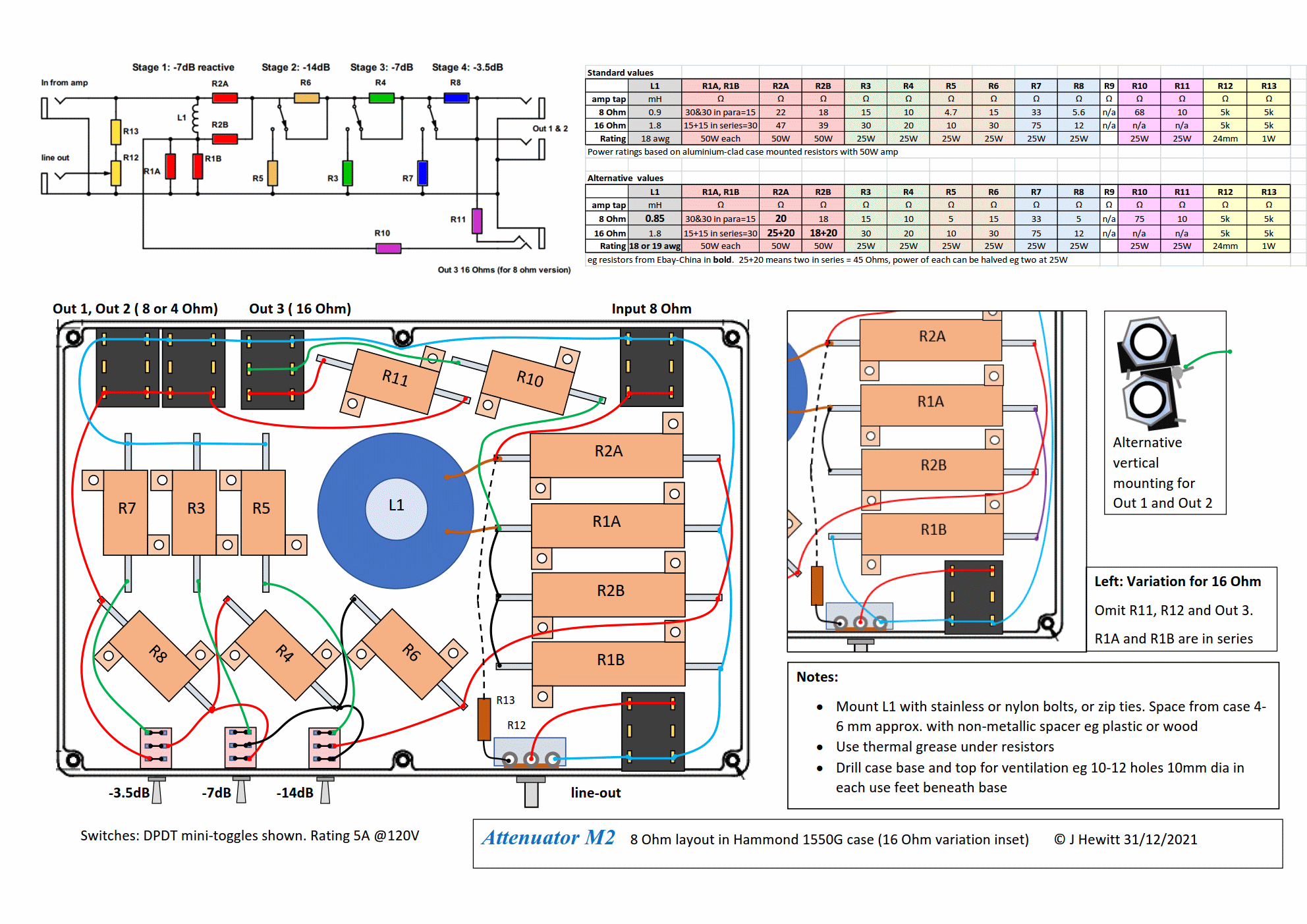JohnH
Well-Known Member
Thanks @Markus Bender , that's very interesting indeed. Based on that, it looks to be just a simple resistive attenuator with some tone shaping. Once turned down, the amp sees almost none of that reactance. Here's a quote from their site:
"We built into the RockCrusher a reactive load network for proper speaker-amplifier interaction. Rather than a purely resistive load like many of the other power attenuators on the market, the Rock Crusher ensures that the amplifier and speaker see each other in a proper relationship of impedance and inductive/capacitive reactance. This translates to a superior tone, regardless of level."
After looking at your diagram, I find those statements to be disappointing and inaccurate!
"We built into the RockCrusher a reactive load network for proper speaker-amplifier interaction. Rather than a purely resistive load like many of the other power attenuators on the market, the Rock Crusher ensures that the amplifier and speaker see each other in a proper relationship of impedance and inductive/capacitive reactance. This translates to a superior tone, regardless of level."
After looking at your diagram, I find those statements to be disappointing and inaccurate!

















